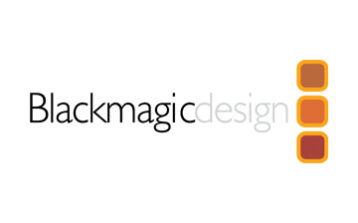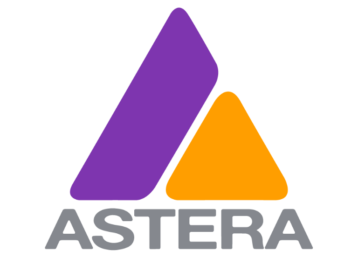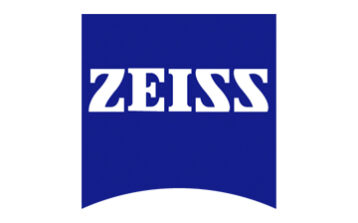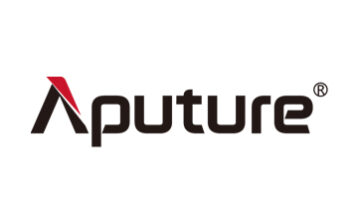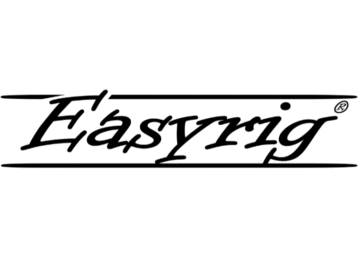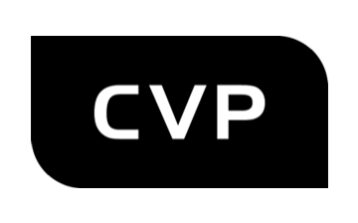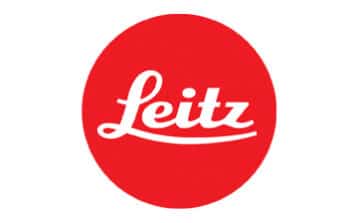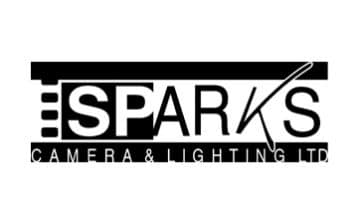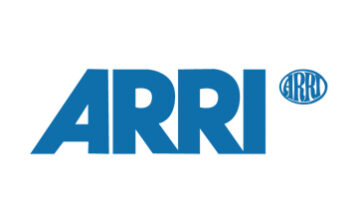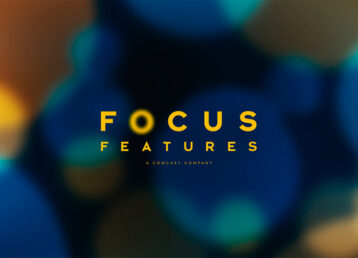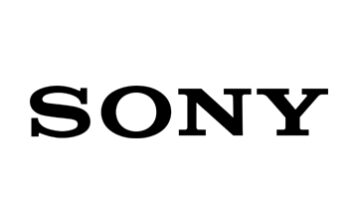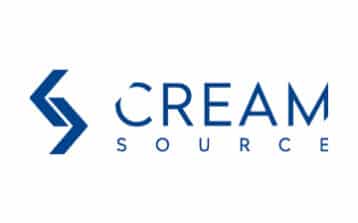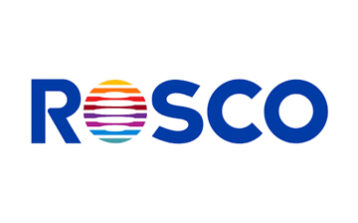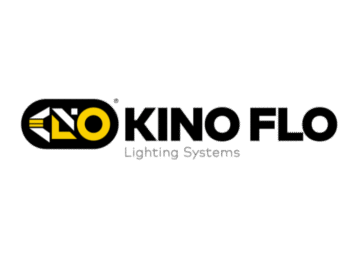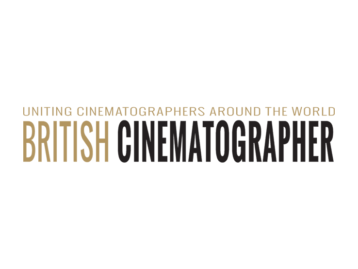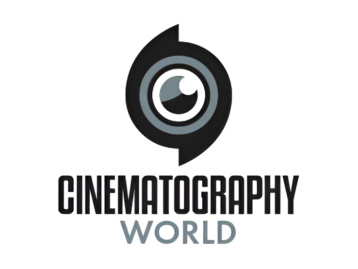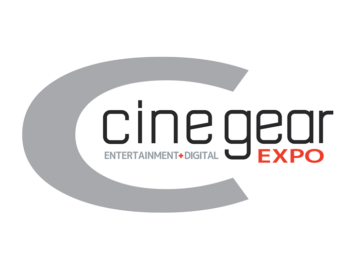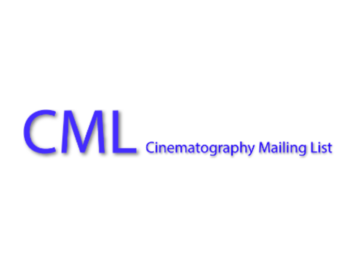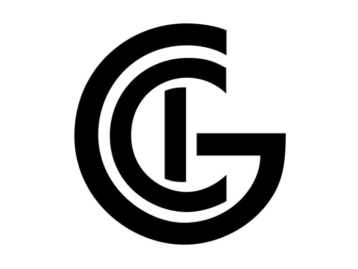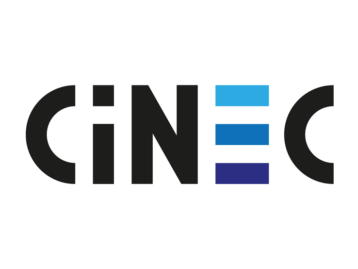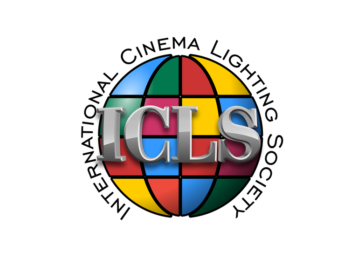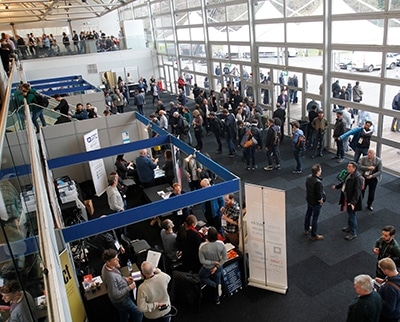
by Lars Pettersson FSF
My God, has it been a year already? When the invitations for the BSC Expo 2018 began to pile up in the in tray last fall, my first reaction was where did that year go? But once the initial shock settled, we at the FSF began to focus on a strategy for the BSC Expo, and made the bold decision to send two representatives – Alex Lindén, FSF, and myself- and to report not only in writing but also with filmed interviews. These can be found a bit further down this page.
Rumours had been circulating in January that ARRI where in the works to introduce a brand-new camera, and that gave us something to ponder during the trip to London. Either ARRI would choose to introduce it here at the BSC Expo, or they would wait and do it at the NAB. In any case we had gotten an invitation to the ARRI ’special VIP party’ Friday night, so one possibility could be that those invited would get a sneak peek at the camera there.
We arrived at the Expo by different airlines -so it wasn’t until just before lunchtime Friday when we reached Battersea Evolution in southwest London, that we even had a chance to figure out a strategy for covering the event.
That is, we didn’t even get that far before we were both swept up in the Gigantic Happening which the BSC Expo in fact is -Alex almost accidentally stumbled upon a special ARRI-event which was arranged on a small pavilion upstairs from the main exhibition. Trying to reach this pavilion I found myself at the foot of a staircase where a supervisor checked you against the guest list (fortunately we were both on it). Next to her was Robin Vidgeon, BSC, giving me a hearty welcome and assuring me that ”this expo is the biggest and the best yet!”
 So what kind of an ARRI event might this be? Well it turns out the rumoured new camera is actually here. 10 AM Greenwich Mean Time , friday, 2nd February 2018, ARRI unveil their new full format camera Alexa LF (stands for Large Format). It’s delightful and well-deserved for the BSC that ARRI -and indeed also Panavision with their DXL2- have chosen the BSC Expo to launch their brand-new camera models.
So what kind of an ARRI event might this be? Well it turns out the rumoured new camera is actually here. 10 AM Greenwich Mean Time , friday, 2nd February 2018, ARRI unveil their new full format camera Alexa LF (stands for Large Format). It’s delightful and well-deserved for the BSC that ARRI -and indeed also Panavision with their DXL2- have chosen the BSC Expo to launch their brand-new camera models.
This very pleasant gathering, complete with drinks and hors d’oeuvres, opens with distinguished Australian cinematographer Peter Hannan, ACS BSC, receiving a BSC Lifetime Membership: an acknowledgment of his life’s work, and a diploma handed over by Nigel Walters, BSC.
And ARRI are really going full throttle here, practically all the top executives of ARRI are here to introduce the camera, notably Milan Krsljanin, Marc Shipman-Mueller and Thorsten Meywald.
Briefly you could say that the ARRI LF resolves a number of bothersome problems for ARRI in one fell swoop. The big money is in television right now and Netflix –obviously a major player there- have previously published a set of specifications for their productions, stating that all recorded material must be at least 4K. This has put ARRI cameras with a native resolution of 3,4K at a disadvantage, but now with ARRI LF a true 4K camera, this problem is resolved once and for all. And the importance of the TV industry also makes itself felt in the LF form factor which has a distinct leaning towards an ENG-camera. The LF sensor actually consists of two regular Alexa sensors sandwiched together side-by-side, according to the same principle used in the Alexa 65.
| From the left to right: Marc Swadel NZCS, ACS, Peter Hanan, ACS BSC is awarded a BSC honorary membership by Nigel Walters BSC and former IMAGO president. |
Using adapters, pretty much any lens can be mounted on the ARRI LF, as the LF sensor is only 2/3 the size of its cousin in the Alexa 65. Actually the range of lenses you can mount on the Alexa 65 is somewhat restricted, there are obviously the two lens series that ARRI produced especially for the camera, but outside of those the pickings are fairly slim. Here the Whitepoint primes from Finland offer an intriguing alternative, but more about those later.
Last but certainly not least, both the ARRI LF and the signature series lenses that have been developed for it, are for sale. So, as opposed to the Alexa 65 which is only available to rent through ARRI Rental, this new camera and these lenses can be bought -provided of course you have sufficiently deep pockets.
Well, the FSF reporters were off to a flying Start with this ARRI camera launch, and we decided to use Friday to shoot our video interviews.
The safety measures at the expo are rigorous, there are uniformed policemen outside the building, everyone in the exhibition area must have ID-tags around their neck and every bag is thoroughly searched through. Happily we get a clearance to bring our camera equipment into the exhibition area, and once we have this permit we’re not frisked quite as frequently, which is a blessing.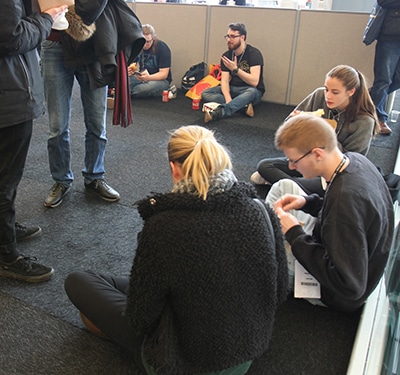
This is the third year that the Expo is at Battersea Park, and Rob Vidgeon is truly right when he calls it the biggest yet -the amount of visitors is simply staggering: 5500 people, a 34% increase compared to last year.
Trying to maneuver around the exhibition, you sometimes feel like you’re caught in the Tokyo subway during rush hour. Add all the hot movie lights to this equation, and the expo well-nigh turns into a sauna.
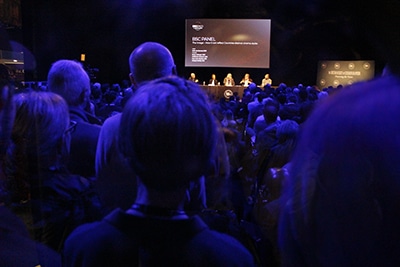 A hallmark of the BSC Expo are the wonderful lectures -but this time around there ’s no way we could attend those, only a fraction of the visitors will fit into the auditorium. So we set our sights on the products and the people representing them.
A hallmark of the BSC Expo are the wonderful lectures -but this time around there ’s no way we could attend those, only a fraction of the visitors will fit into the auditorium. So we set our sights on the products and the people representing them.
So what are the major trends at this year’s expo? Large Format and large sensors absolutely, along with lenses that can handle them. The layout of the exhibition itself is surprisingly close to last year’s -many companies have their booths in exactly the same place. Maybe the answer is simply that these are the best places -you want your customers to find you quickly. Overall, you recognize many products here from last year, but they’ve frequently been the subject of value-adding improvements. The drones for instance have grown increasingly large, and the most massive ones could easily lift a young child.
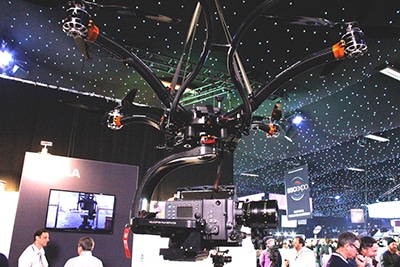 Well, running around doing our interviews, Friday afternoon evaporates at an alarming pace, and soon those of us invited climb aboard the hired buses that bring us to the venerable -and five Star, thank you very much- May Fair Hotel close to Piccadilly Circus, where ARRI are throwing their special VIP party.
Well, running around doing our interviews, Friday afternoon evaporates at an alarming pace, and soon those of us invited climb aboard the hired buses that bring us to the venerable -and five Star, thank you very much- May Fair Hotel close to Piccadilly Circus, where ARRI are throwing their special VIP party.
This fashionable hotel is really something else, or how about a luxurious 200 seat -oops sorry: leather armchair- movie theater with state-of-the-art 4K projection. But one thing at a time, first stop on the program is mingling under a huge chandelier, where the champagne and hors d’oeuvres are served by a small army of waiters running nonstop from an ostensibly inexhaustible bar.
It was understandably difficult to tell how long we mingled there under the chandelier, but we said hello to Paul René Roestad, FNF, and Richard Andry, AFC, presidents of the Imago and the AFC, respectively. Also British D.o.P. and director Brett Danton -who is currently getting a lot of praise for a Jaguar commercial shot on the Canon C200. We met Aleksis Pillai and Jussi Myllyniemi from Whitepoint optics, Helsinki, Finland, and actually also a Swede in exile – Mathias Julin is a UK based Swedish director specializing in commercials.
Spirits are high, and I’m not quite sure if our eyes and brains are at the top of their game right now, but we eventually march along to the spacious cinema to witness a series of very impressive films showcasing what the ARRI LF is capable of. Inbetween these films, the ARRI executives deliver educational, entertaining -and actually quite humorous- presentations. I didn’t see that one coming, the ARRI top executives being such entertainers -is it possible the champagne had something to do with it?
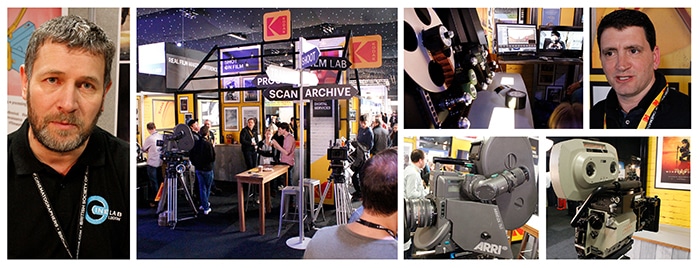 ”Yours truly” rounded off the evening with an interesting odyssey back to the hotel. Friendly Londoners from all walks of life helped this -by now not entirely sober- Scandinavian find his way back to Sloane Square and the safe haven of the hotel.
”Yours truly” rounded off the evening with an interesting odyssey back to the hotel. Friendly Londoners from all walks of life helped this -by now not entirely sober- Scandinavian find his way back to Sloane Square and the safe haven of the hotel.
While we’re on the subject of lodging, the Sloane Square Hotel is really the optimum Base Camp if you’re visiting the BSC expo. My Saturday began with the hotel’s generous breakfast buffet and from your armchair you could literally, straight through the window, see the white shuttlebus leaving every 10 minutes from the hotel entrance for Battersea Evolution. Just take the elevator down and hop onboard -very convenient and practical.
The BSC Expo began in 1993 as the BSC Equipment Show, held every year at a film studio like Shepperton, Elstree or Pinewood, where the very latest in cameras, lenses and lighting would be showcased. The Expo became hugely popular and had many followers like The Paris Microsalon and others. But the fact that it was held at a functioning film studio meant that you could seldom have a longer lead time than about three weeks when arranging it and in 2016 it was decided to relocate to Battersea and now suddenly a lead time of over three months became possible -subsequently you could begin advertising the Expo much earlier and attract even more exhibitors and visitors.
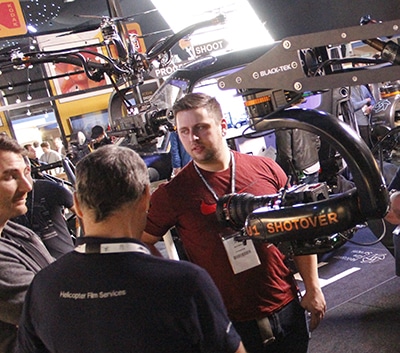 Opening hour for the Expo were always somewhat shorter on Saturday, but this year this has been changed and it is a wise move since last year Saturday became quite hectic. But in spite of the prolonged opening hours the Expo is so vast that you really need to decide on a handful of exhibitors and concentrate on those, there isn’t time for much else. So I take a stroll around the entire exhibition to decide whom to talk to -and this brisk walk alone takes almost half an hour. I notice that Grip Factory Munich are back, they’ve taken a rain check the last few years, so it’s good to see them back and with a generously sized booth to boot.
Opening hour for the Expo were always somewhat shorter on Saturday, but this year this has been changed and it is a wise move since last year Saturday became quite hectic. But in spite of the prolonged opening hours the Expo is so vast that you really need to decide on a handful of exhibitors and concentrate on those, there isn’t time for much else. So I take a stroll around the entire exhibition to decide whom to talk to -and this brisk walk alone takes almost half an hour. I notice that Grip Factory Munich are back, they’ve taken a rain check the last few years, so it’s good to see them back and with a generously sized booth to boot.
Suddenly I’m stopped dead in my tracks by something irresistible: small booth, massive drone and two charming blondes 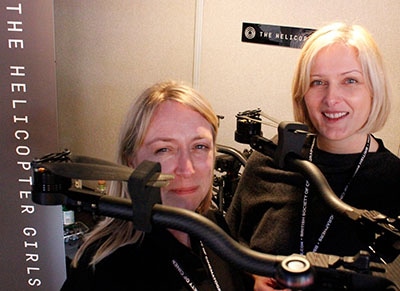 -“why it’s the helicopter girls!” It sounds a bit like the name of a children’s cartoon show, but Emma Boswell and Katya Nelhams-Wright (fitting name for a pilot, any relation to Orville and Wilbur?) Have been flying drones for film, television and commercials since about 2009, the beginning of the drone industry. Emma and Katya originally have a documentary filmmaking background, and they were making a film following street dogs and cats in Greece, and the animals would go to a remote beach that the filmmakers couldn’t access, so Emma joined a model helicopter club and learned how to fly a single rotor helicopter to film the animals, and right about that time the multi-rotor drones arrived on the scene, so Katya and Emma built an octocopter and their friends in television would ask them to bring it to their shoots, and every time Emma and Katya would show up they’d go ‘oh it’s the helicopter Girls!’ So the company name was basically a given.
-“why it’s the helicopter girls!” It sounds a bit like the name of a children’s cartoon show, but Emma Boswell and Katya Nelhams-Wright (fitting name for a pilot, any relation to Orville and Wilbur?) Have been flying drones for film, television and commercials since about 2009, the beginning of the drone industry. Emma and Katya originally have a documentary filmmaking background, and they were making a film following street dogs and cats in Greece, and the animals would go to a remote beach that the filmmakers couldn’t access, so Emma joined a model helicopter club and learned how to fly a single rotor helicopter to film the animals, and right about that time the multi-rotor drones arrived on the scene, so Katya and Emma built an octocopter and their friends in television would ask them to bring it to their shoots, and every time Emma and Katya would show up they’d go ‘oh it’s the helicopter Girls!’ So the company name was basically a given.
The standard payload is usually an Alexa Mini and the drone in their booth is built by Freeflight who make the Movi gimbal, it’s delivered ready to fly and can carry up to 18 kilos. There are 5 000 registered commercial operators in the UK, but 80% of those fly smaller machines so the extreme competition is in that segment of the market and Emma and Katya are not in that anymore, as they don’t have any smaller machines. They had 15 drones at one time, but they’ve whittled it down to just two large ones.
The company Shotover originally made gimbals for full-scale helicopters, but they recently made a smaller gimbal for drones, and their own massive drone as well! The shot-over system is over 100 000 £ for the aircraft plus gimbal and is powerful enough to handle an Alexa 65!
These brand-new miniature Shotover gimbals are rapidly becoming very popular mounted on cars too! Why? Because you basically get almost the same ability to create exciting shots of vehicles moving at high speed as you would with a Russian Arm -but at a fraction of the cost!
Soon after I find Anders Johansson from the company Mediateknik in the crowd. He’s busy demonstrating a ‘rabbit ears’ rig to a curious visitor and the following scene plays out. Anders and an associate join forces to dismantle a large softbox on the exhibition floor, the associate goes ‘how’s our patient doing?’ and Anders displays a quick wit ‘there’s no heartbeat!’ So what’s a ‘rabbit ears’ rig? Well, it’s an ingenious metal frame which lets you combine any LED panel to a softbox.
Just across the aisle from this dramatic bit of surgery, is the booth belonging to Key Grip Systems, of Belgium. They offer elegant -and handmade- lightweight dollies, not too expensive either, about €5000 for a complete kit. Benoit Theunissen, the company representative, explains that these dollies are popular as Second unit-gear. They don’t have a particularly big footprint either, which further explains their popularity. Anders Johansson was also impressed with the neat little dollies.
I absolutely wanted to talk to the guys from Whitepoint Optics again, and looked all over but finally found them in the booth belonging to British rental company Movietech, who are the proud owners of a set of Whitepoint lenses.
So who are Whitepoint Optics? Jussi Myllyniemi, Product Manager and Aleksis Pillai, CEO, run this company based in Helsinki, Finland. They specialize in large format lenses based on Hasselblad V-series glass made in Germany, the same glass used for the lenses in the Apollo moon flight project.
Whitepoint Optics have only been in business for about a year, but have already been very successful. They showed their prototypes at Cinegear in Los Angeles last summer and got good response from the rental companies and the top D.o.Ps there, so they began a collaboration with the rental houses in Los Angeles and the New York area -a smart move since once you’ve established yourself in those two markets, the rest of the world is a lot easier.
Jussi explains that the story behind their success is a little peculiar, ”I’m a marathoner and did my first Marathon race in Stockholm in 2005 together with an old friend, Timo Alatalkkari, who’s a classic stills photography enthusiast, he knows everything there is to know about Hasselblad and large format stills photography. So I asked him if he could re-house a lens for me, and that’s how it all started.” Alatalkkari today is Chief Optics Technician at Whitepoint Optics.
Aleksis adds that these vintage Hasselblad lenses usually are in excellent shape because they were always used in a studio environment, so they tend to be in good condition and there are plenty of these lenses available. The technicians at Whitepoint Optics take the lenses apart completely and only use the glass. Whitepoint can even boast having a large format swing-shift-lens, a very unique product. Their lenses will even cover an IMAX negative, should anyone feel intrigued by –or able to afford- the combination.
In the Movietech Booth we also find Fritz Heinz, Head of Marketing, Otto Nemenz International in Los Angeles. Recently having bought a set of these lenses, Fritz has nothing but praise for Whitepoint Optics. He explains to us that the Whitepoint lenses, along with the Leica Thalias and ARRI Rentals own Alexa 65 lenses, are among the few that fully cover the Alexa 65 sensor, and also the RED Monstro sensor, the two largest sensors in the marketplace right now. Fritz also tells us that Otto Nemenz has over 3000 lenses -one of the largest collections in the world. ”Otto is a true Hollywood legend” concludes Fritz Heinz with a smile.
In a massive booth crammed with lighting equipment, we find Jonas Elmqvist from BB&S Lighting Inc, and he demonstrates a few interesting new products to us from the company’s portfolio. ”These new LED fixtures offer a lot of controllable features” he explains, “and these can be run by remote control. Back in the day, when an actor got to close to a light, you had to put scrims into the fixture, now you can control that from a console.” Jonas produces a console no larger than a box of cigars, and continues “this is a wireless console from the London-based company Cinelex, and you can control just about everything with it. Do you want to change the intensity, change the colour, maybe add some magenta? Using DMX I can control ten fixtures from just one channel.”
DMX is a light control system, and a so called ’DMX Universe’ consists of 512 channels, so there is a lot of capacity to control all available functions on the various lights. “You could assign 25 channels to a Single ARRI skypanel if you felt like it” Jonas muses, “you could even control the fans in it.” As we’re talking, I notice something else too. While we five-something-thousand well-behaved Expo visitors wear our ID-tags like canines at a Dog Show, Jonas has stuck his in his back pocket!
And there’s more on the shelves of this ‘toy store’. ”Effects Master DMX is a very advanced flicker generator designed by a German gaffer” Jonas explains, and you quickly realize this next gadget spells Doom to anyone prone to epilepsy! ”Here you have preprogrammed Flames, candle light, old-school TV set” Jonas continues enthusiastically and saves his personal favorite for last ”flickering fluorescent tube! The Cinelex and the effects master DMX get along great, so you can hook them up together and be free to move anywhere you like on the set. Together they can control anything, an 18 kilowatt HMI if you like, anything that can be controlled by DMX.”
Jonas leads the way to a booth at the other end of the expo, where the company Luminous demonstrate their 1.5 kilowatt LED fixtures that can mimic lightning among other things. This is the same company responsible for The Lightning Strikes, which were classic xenon tubes for large night shoots capable of producing very realistic lightning and other effects like the muzzle flare from a gunshot for instance. “You subject a xenon tube to about 300 times what it can handle continuously” Jonas smiles, “we’re talking like 300 Ampères. But regardless of whether you want to light a city block (with the xenon version) or work in the studio with the LEDs, you can create flashes of lightning that last 6-8 frames, instead of winding up with half-exposed frames, which you’re likely to do with regular flashlight equipment.”
As we’re standing talking next to this 1.5 kilowatt LED equipment, it flashes a couple of times to demonstrate it to a customer -and I think I get my sinuses cleared to last a lifetime. If anyone remains in doubt I can personally assure that the luminous power of this unit is just insane.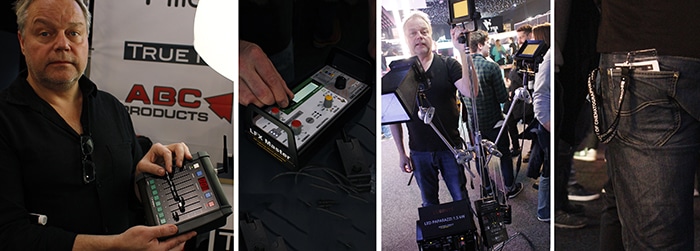
”Lars do you want a beer?”
We’re off to a very promising start in the Cinelab booth! But, after all, it’s Saturday evening. Handing over the ice-cold bottle -a true blessing as the sauna-hot Expo starts down the home stretch- is Adrian Bull, Managing Director of Cinelab London. Last year Nigel Horn told me what a rollercoaster the situation had been for film labs in the UK in recent years. Adrian, with more than 25 years of experience working for labs like DeLuxe and Technicolor, explains why the situation five years ago became so extremely dramatic. As late as 2010 the demand for photographic film in the motion picture industry was huge, for the last entry in the Harry Potter series 20 000 prints were struck -for just that one title alone! Three years later every cinema screen was digitized and the decline in film printing was practically in a free fall. And the prints represented the big money, it might have been 0,5 million dollars of revenue for a lab to have a film shot on film, but it could be 20 million dollars of revenue on the prints! The situation became untenable for the big labs like DeLuxe and Technicolor, which both shut down their UK operations.
In a series of bold moves, Adrian acquired a small lab called Bucks which primarily made trailer prints for the cinemas, and established Cinelab in june 2013 to create a niche film lab to support the filmmakers and also aiming to support the archives who have a hundred years of film in their vaults. The main processing machines were not up to good standards, so in spite of the world of photochemical filmmaking in a free fall around them, Cinelab installed a brand new Photomec developer. They now have a very strong lineup, offering customers a HD Spirit, an ARRISCAN, a 4k Scanity, a Goldeneye III and a Goldeneye IV which does 65mm also. So Cinelab support everything from 8mm to 65mm, they’re the only lab in the world to do that.
And the risk-taking has paid off, Cinelab made 157 commercials during 2017 shot on film, H&M of Sweden is one for example. The year prior to that it was something like 30 commercials shot on film. They’ve also managed to pick up features from all over Europe. Modern film production is time critical and Cinelab offer very advanced services along those lines; you go from development to scan to delivering proxy files electronically anywhere in the world within a short time frame. Adrian sees the amount of features shot on film in 2018, and coming his way, about equal to the 2017 level.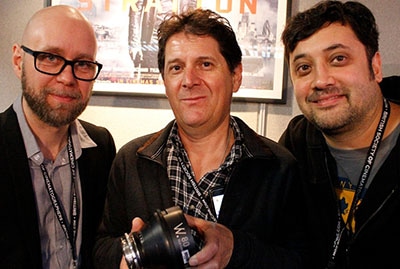
And now we’re really under the gun, it’s rapidly approaching five o’clock, better hurry up! “Film is a premium product” says Antonio Rasura, Director EI Services at Kodak UK, “but we want it to be accessible to everyone. Kodak has a global footprint, you can get film anywhere in the world. We’ve seen a huge resurgence in productions shot on film. The days of comparing film to digital are over -they exist side by side now. We see commercials coming back to film, some brands want to be connected to film. There’s a strong audience now who want to see films also projected as film prints, it becomes a special occasion. There’s also a resurgence in 65/70mm right now.”
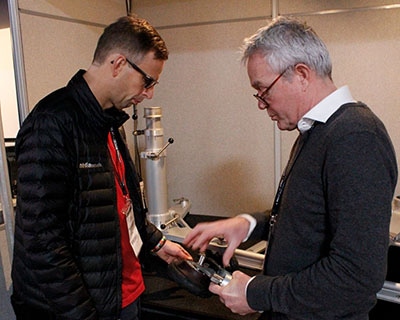 Just as last year the Kodak booth is something of a village, shared with other companies that are active in the analog niche, but it’s also embellished with appetizing eye candy like an ARRI 765 and the Panavision 16mm ’Elaine’. The ARRI 765 is a real audience magnet and many want to take a Selfie next to it, but a few feet behind it in the booth is a brand-new piece of 65 mm film equipment, a ‘Scanstation 65’ film scanner, chugging away merrily at its 5-perf images.
Just as last year the Kodak booth is something of a village, shared with other companies that are active in the analog niche, but it’s also embellished with appetizing eye candy like an ARRI 765 and the Panavision 16mm ’Elaine’. The ARRI 765 is a real audience magnet and many want to take a Selfie next to it, but a few feet behind it in the booth is a brand-new piece of 65 mm film equipment, a ‘Scanstation 65’ film scanner, chugging away merrily at its 5-perf images.
Matt Waghorne from the company Digital Orchard proudly demonstrates it -actually this machine from Lasergraphics Inc in California is the only one of its kind in the world! It was designed by Stefan Dimitrovski, ”a spectacularly intelligent man” Matt emphasizes. It scans 15 frames per second at 5K, 16 bit dpx-files and will spit out a prores proxy file concurrently. It produces 50 meg per frame, so 1 GB of harddisc space will accommodate a whopping 0,8 seconds! For watching dailies, the choice seems obvious, “let’s get the prores-file”.
The clock strikes five and even a few minutes past as we’re talking. The loudspeakers come alive and there’s hectic activity everywhere. It’s a struggle to stay focused with all this in your peripheral vision and ringing in your ears, but we manage to round off the interview.
”There’s a lot more information than that in 65 mm film” Matt comments, adding ”you want to scan 65mm at 10K optimally”. Digital Orchard invested in this scanner to create a substantially faster workflow for 65/70mm productions than what has previously been available. The lab I-Dailies was bought in 2017 by Kodak and moved to Pinewood Studios, and “a very fast 65mm processor is being installed there right now as we speak”. As the Scanstation 65 is also a faster Scanner than what has previously been available, the combination makes 65/70mm production all the more viable.
“There is definitely a greenlit project ahead that’s going to be shot on 65 mm” Matt smiles and turns his attention to disassembling his equipment. I head for the exit through a surrealistic spectacle of men, women and even teenagers who tear down the exhibition at break-neck speed, and as I board the bus and it passes the huge caravan of trucks waiting outside I realize I’m fortunate to be able to return to the hotel. For the many exhibitors there remains several hours of hard labour before the massive Battersea Evolution building has been vacated and they can return safely to their respective companies.
Lars Pettersson
